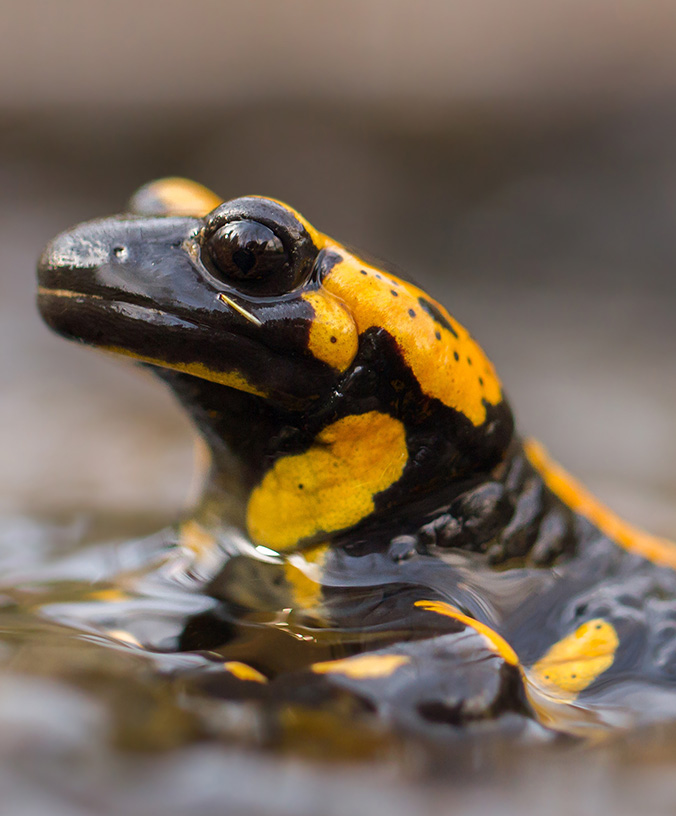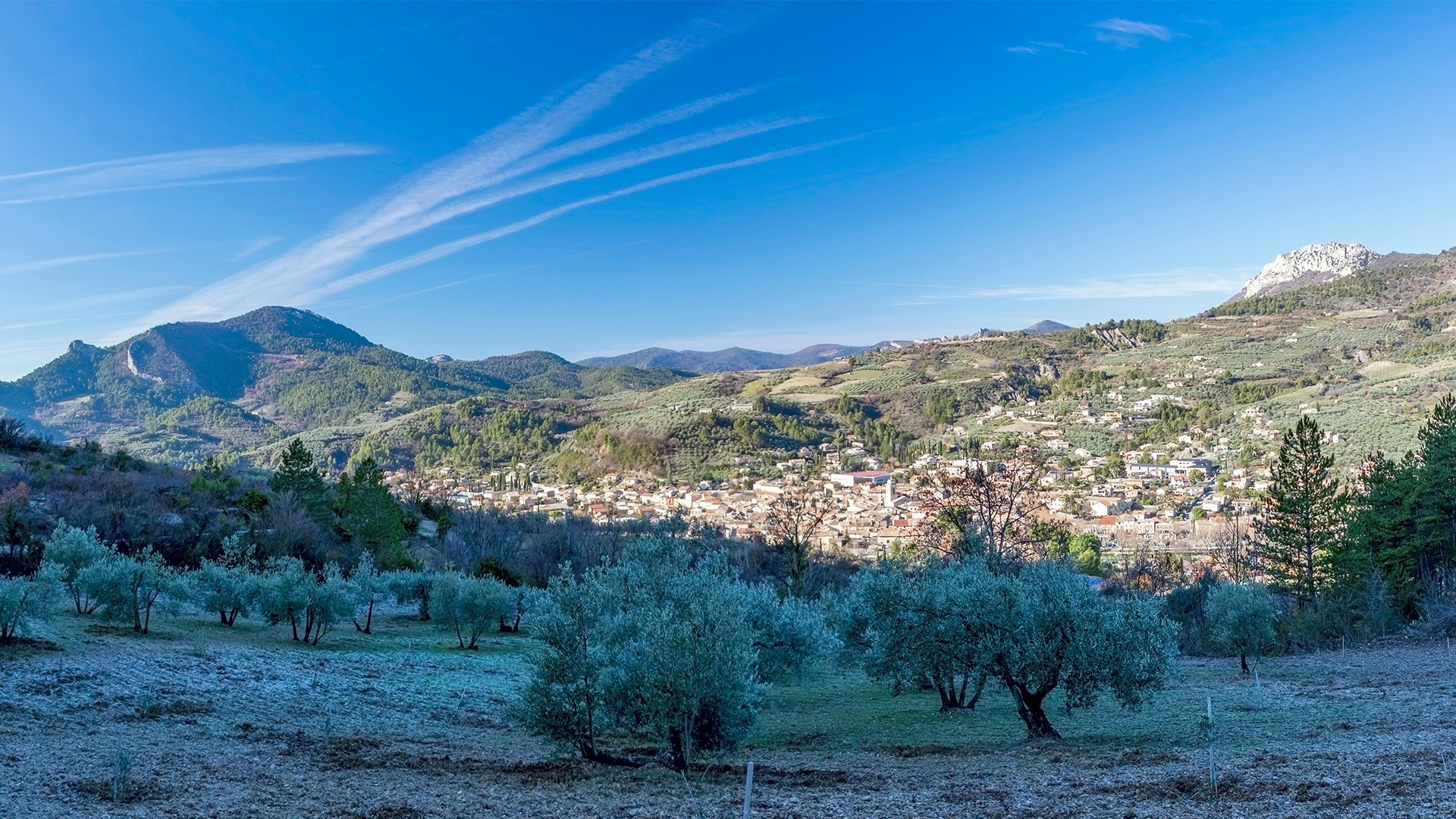
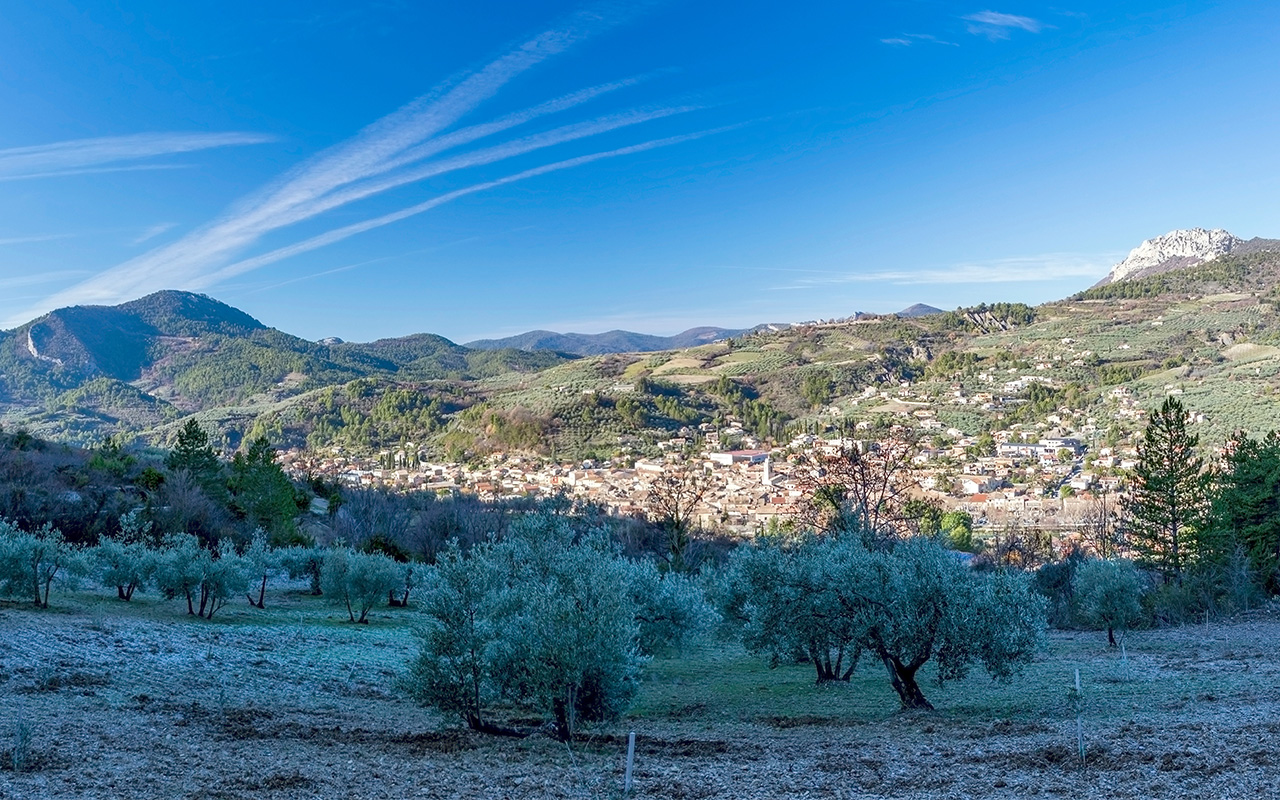
The Baronnies
The Baronnies
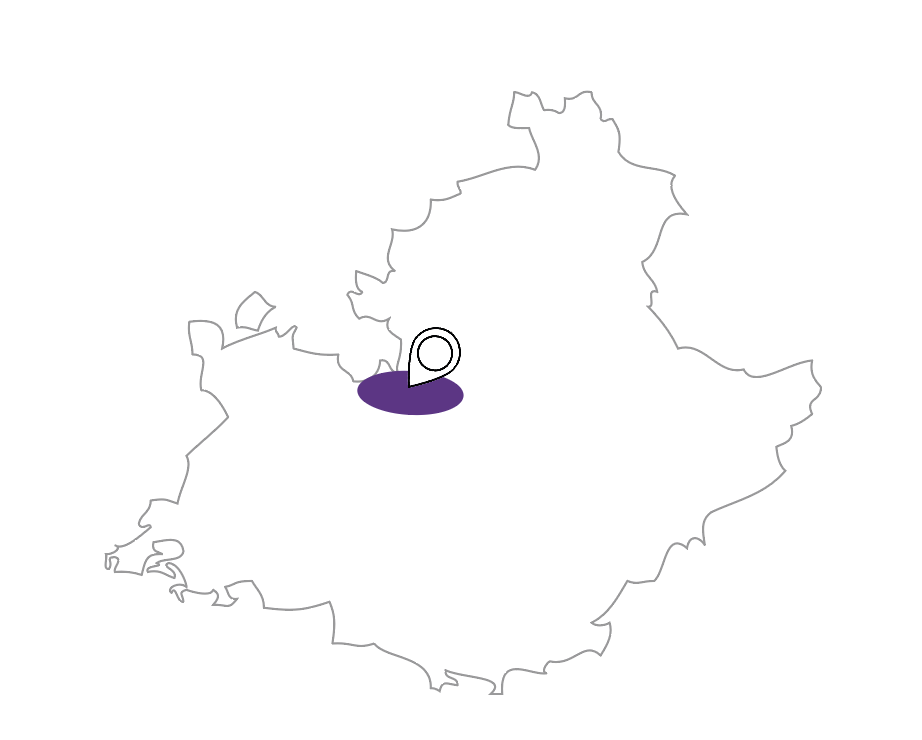
dark skies
dark skies
Hotspot
Scented air
2 000 plant species and 203 animal species protected at either national or regional level (including 54 species of common interest such as vultures)
A landscape filled with the perfume of lavender and aromatic plants, where Alpine and Provencal influences meet, this is a land marked by the presence of the men and women who knew how to get the best out of it and as such is hotspot of biodiversity.
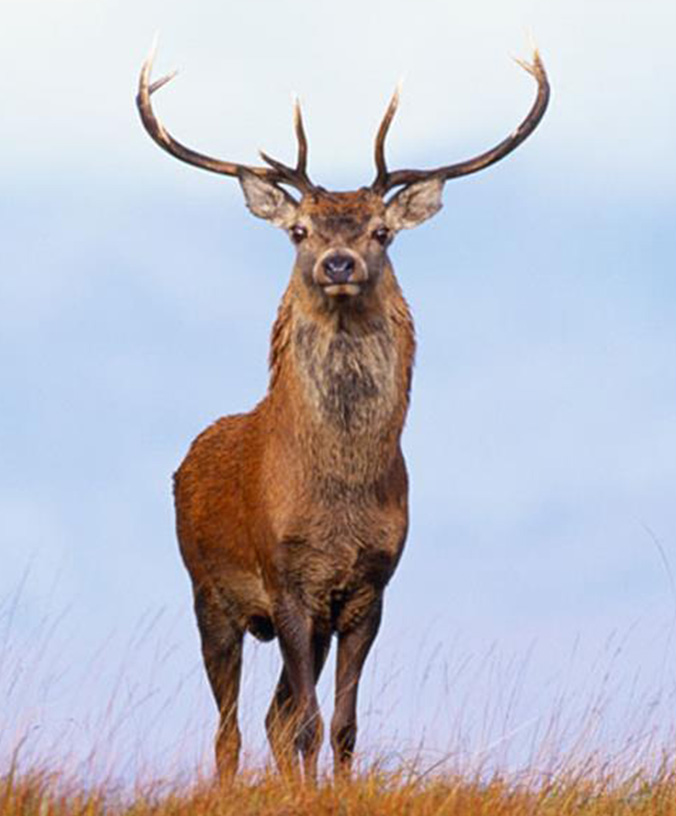
Dark skies
Light pollution
The Baronnies Provençales are one of the clearest regions in both France and Europe regarding light pollution. Far from major built-up areas, the night sky boasts an exceptional depth and clarity. We are not the only ones affected by light pollution. The impact on nature is visible to all, moths buzzing around street lights. Many insects rely on light as signals for communication, attraction or defence. These subtle signs get lost in the neon or orange glow of our human prescence. Any inititive for dark sky areas sits well with me. To look in wonder at billions of stars twinkling above our heads, is mind-blowing, wow!

Orchids
Cinderella you will go to the ball
Lady’s Slipper Orchid:
Unlike most other orchids, the flowers characteristically feature two fertile anthers (male, pollen-producing structures) instead of just one. The slipper-shaped lip of the flower serves as a trap for pollinating insects, forcing insect visitors to climb past the reproductive structures and deposit or receive pollen in order to fertilise the flower.
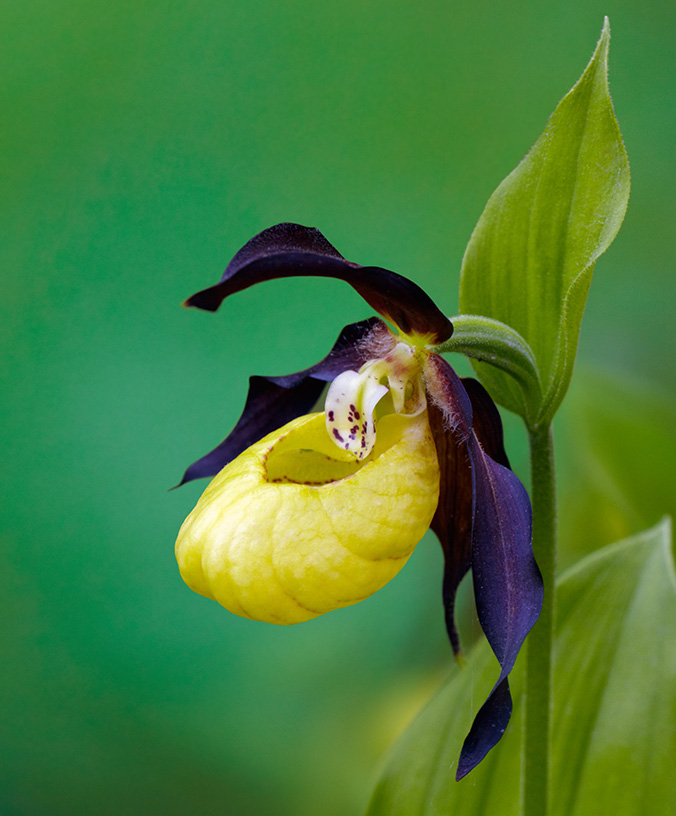
Insects
A giant in the undergrowth
Common Predatory Bush Cricket:
This cricket is one of the biggest in Europe. It can measure up to 17 cm in length and does not have wings. Its long legs have spines allowing it to capture other crickets and young grasshoppers on which it feeds. It can be found between June and autumn.
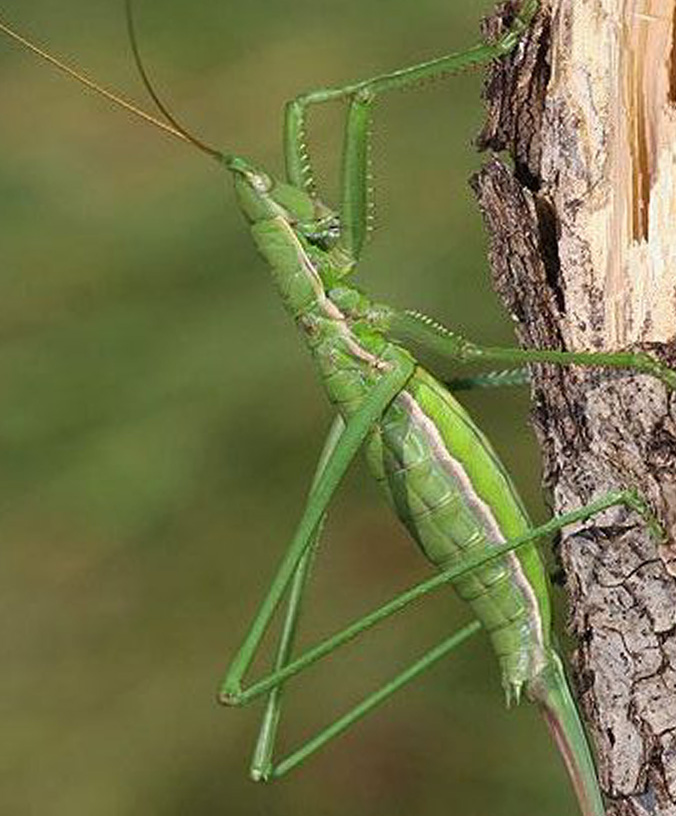
Birds
Blue is the colour
Blue Rock Thrush:
This Starling sized bird with its beautiful bluish plumage prefers sunny rocky areas. It breeds in crevices, ledges under overhanging rocks, caves, buildings and occasionally holes in trees. The adult female is a dull browny blue grey and she lays around 5 eggs. Both parents feed and protect the young. After the breeding season, the birds begin their migration to their wintering ranges in the second half of August to mid-September.
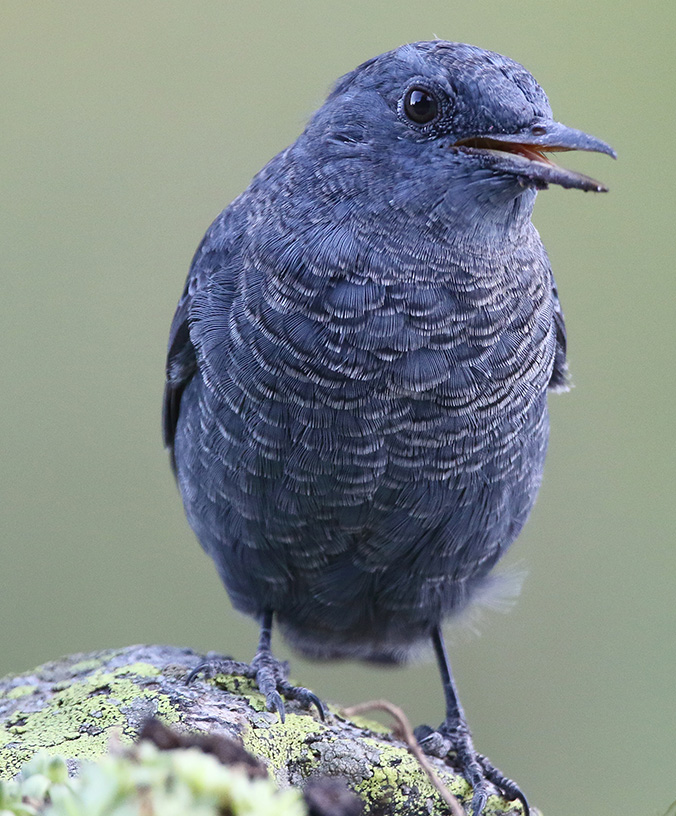
Amphibians
Heed my warning
The fire salamander is a common species of salamander found in Europe. It is black with yellow spots or stripes to a varying degree; some specimens can be nearly completely black while on others the yellow is dominant. Fire salamanders live in forests and are more common in hilly areas. They prefer deciduous forests since they like to hide in fallen leaves and around mossy tree trunks. They need small brooks or ponds with clean water in their habitat for the development of the larvae. Whether on land or in water, fire salamanders are inconspicuous. They spend much of their time hidden under wood or other objects. They are active in the evening and the night, but on rainy days they are active in the daytime as well. Their colouration is a warning to others that it tastes nasty due to the toxins it secretes.
